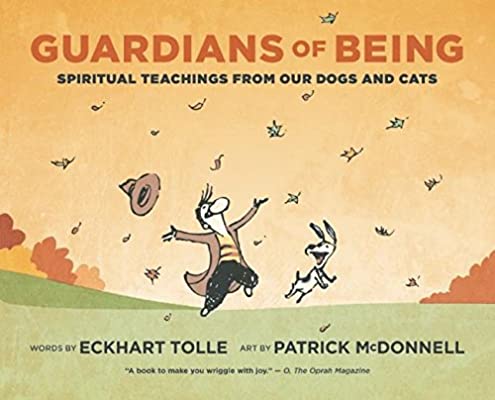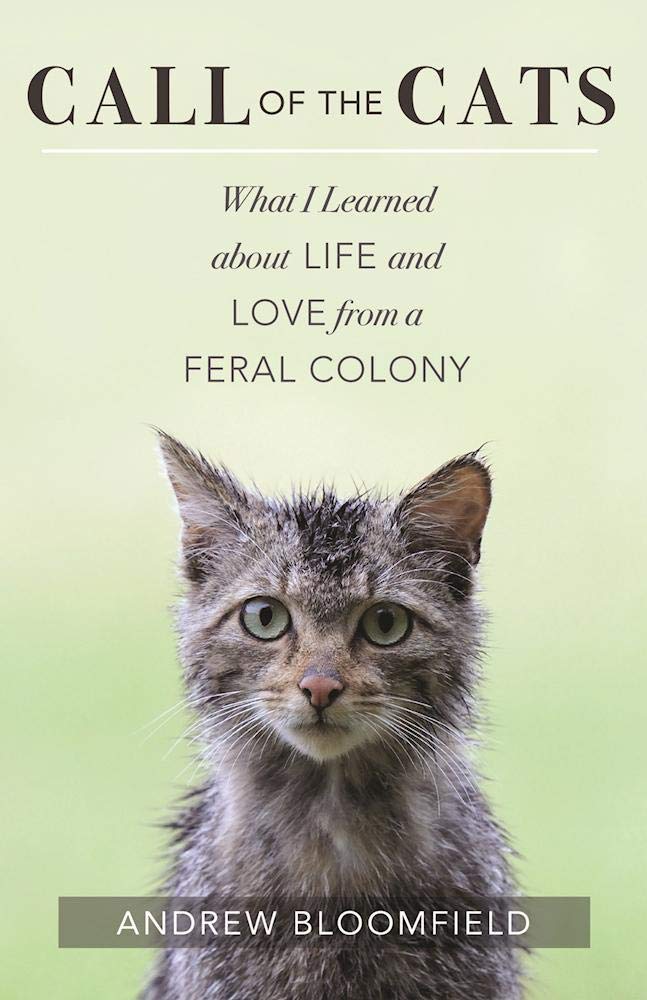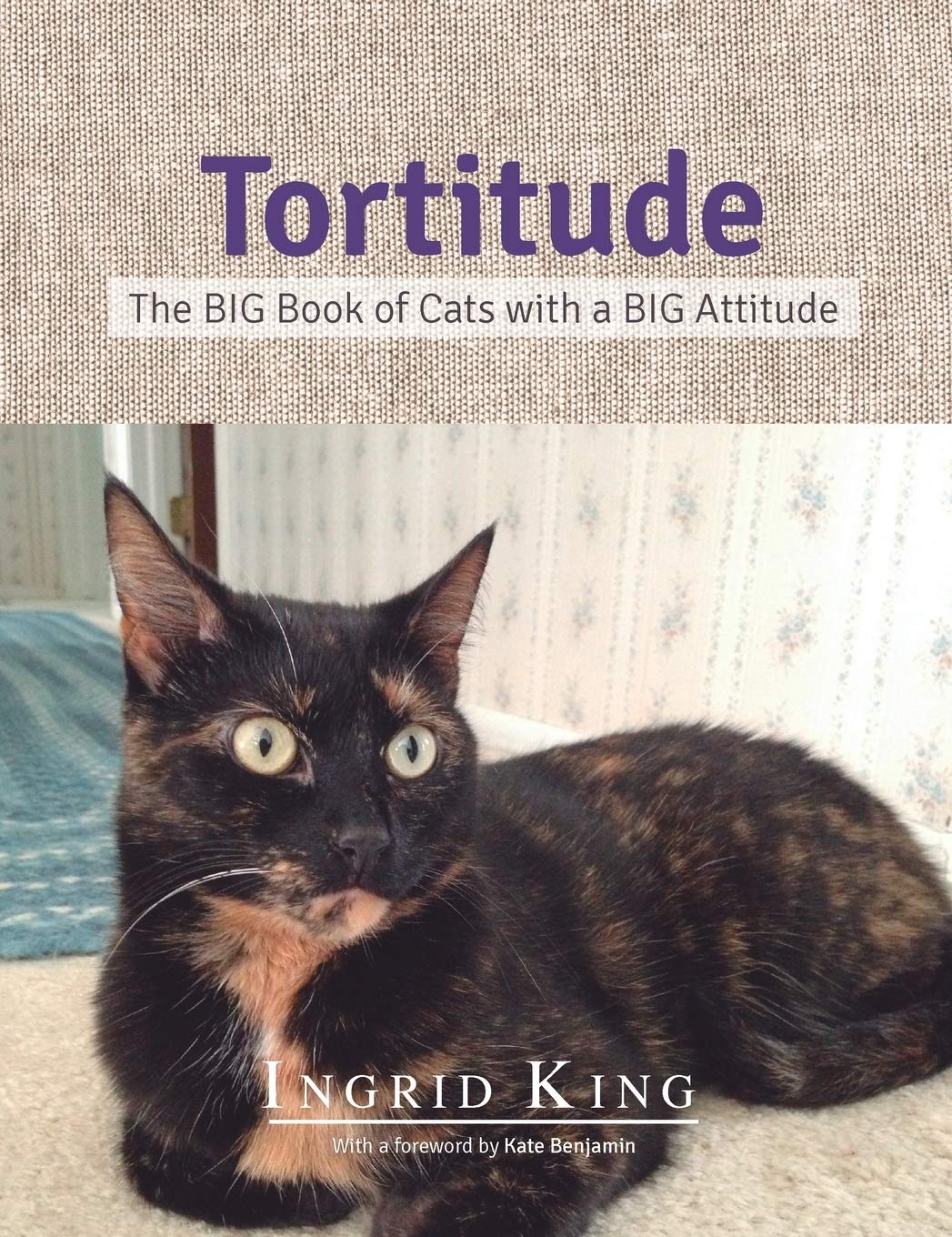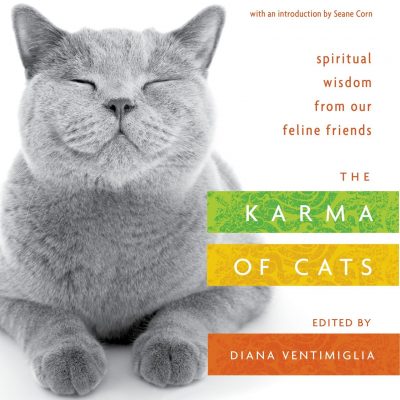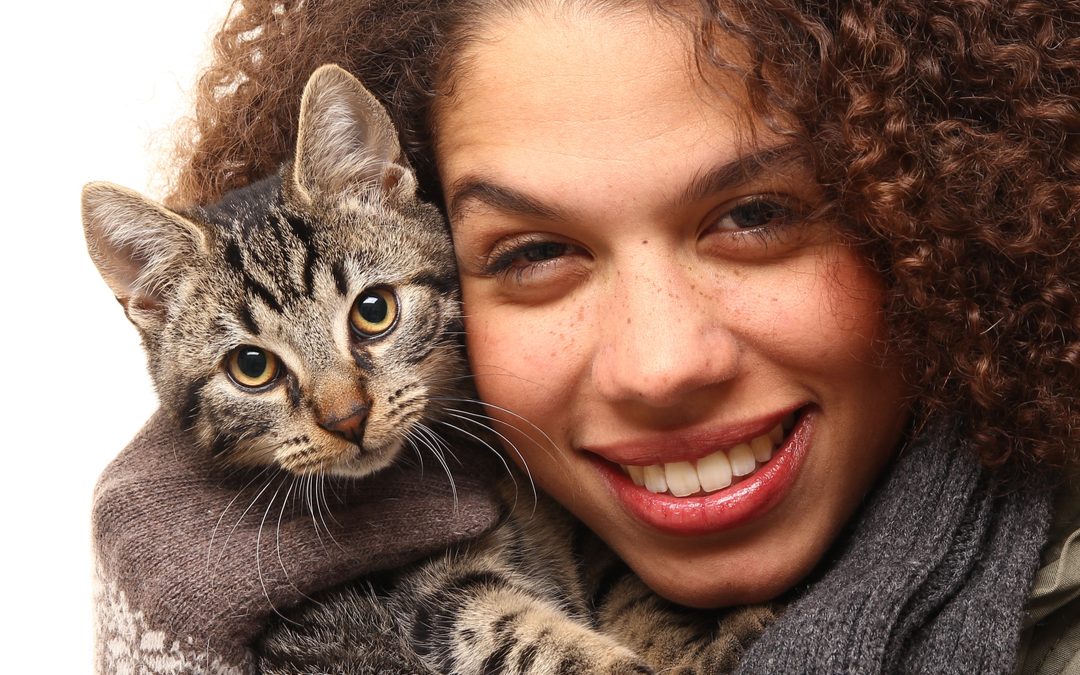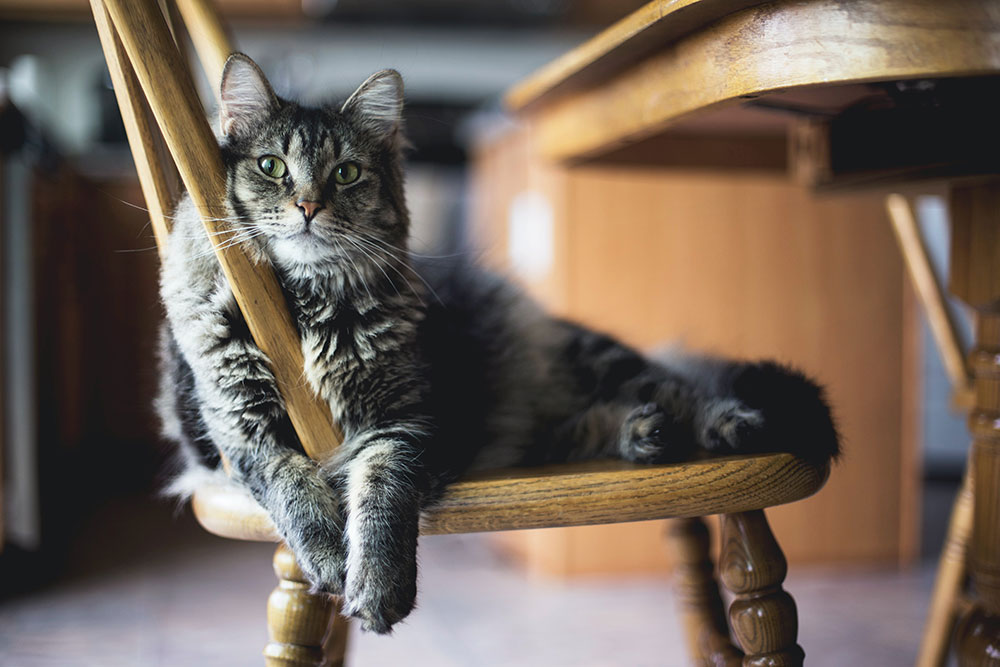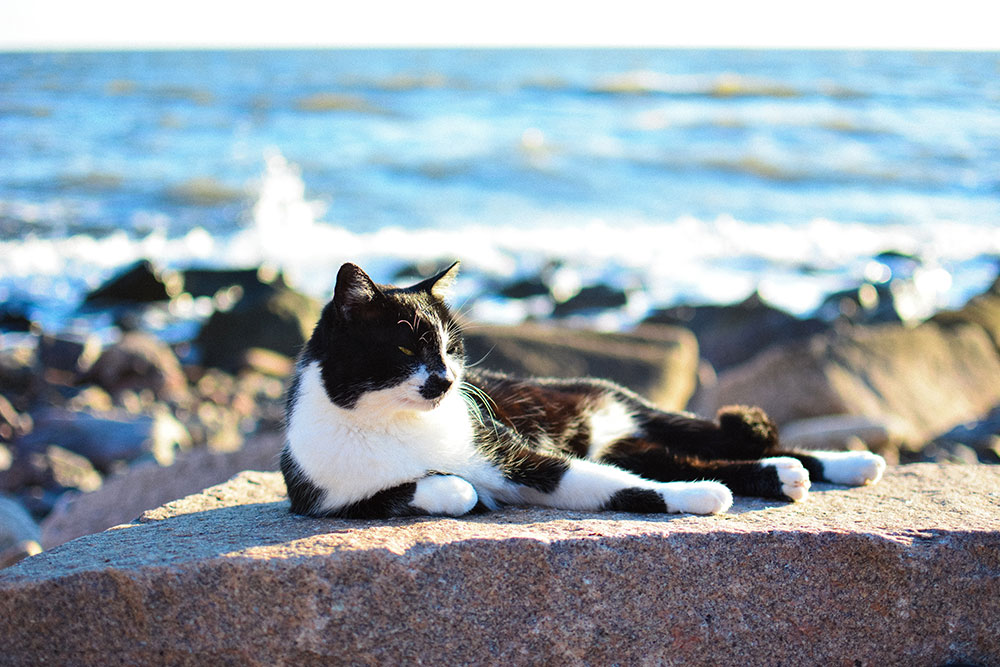
Five Other Books to Give Cat Lovers
With holidays fast approaching, I thought it would be a good time to share some of the cat-themed books I love. Of course, I hope you’re giving P.S. I Love You More Than Tuna to the cat lovers in your life. These are some of my favourite other cat books, either to pair with Tuna or to give someone who loves cats but hasn’t yet experienced a loss. (These are affiliate links, which means if you purchase the item after clicking through, I’ll receive a few cents.)
One of the inspirations for Tuna, Guardians of Being is a collaboration between spiritual teacher Eckhart Tolle and artist Patrick McDonnell. This elegant and timeless book shines a light on how our feline and canine companions teach us presence. It’s sparse and powerful, and it’s one of my favourite books.
I have yet to hold a copy of this one in my hands, but it’s getting rave reviews from everyone who has read it. Author and artist Heidi Moreno takes readers through a day in her life, with her cat Peanut accompanying (yeah, that’s it… accompanying) her at every turn. From Zoom calls to yoga, Peanut’s daily routine will make you laugh.
If you’re part of the online cat world, you’ve no doubt laughed with Scott Metzger’s bright feline cartoons. They’ve brought me particular joy this year, with his references to masks and the pandemic. Imagine if The Far Side were cat-focused, and you’ll get a sense of his humour. Really, I don’t think you can go wrong gifting this book to someone who loves cats and cleverness.
I’ve read Andrew Bloomfield’s book cover to cover three times, reading well into the wee hours of the morning each time. It’s just that compelling, and he’s that strong a writer. This memoir explores how he became caretaker to a feral colony of cats in southern California, woven in with Buddhist reflections and plenty of cats with purr-sonality. It will warm the heart of any rescue/TNR volunteer.
Ingrid King is founder and CEO of The Conscious Cat, and she is a prolific writer, lover of torties (and also, full disclosure, an amazing and kindhearted human). Now that I’ve lived with a tortie for almost three years, I understand how magnetic and mischevious these multicolor cats really are. Tortitude features more photos than text, so if you have a tortie lover in your life, they’ll love the beautiful felines and tortie lore included in these pages. I recommend the printed version, because the Kindle one doesn’t do justice to the photos.
BONUS: The Karma of Cats
This gorgeous collection of essays by Sounds True authors is sure to become—dare I say—a dog-eared favourite among cat lovers. Carefully curated and lovingly edited by the same editor I had the good fortune to work with, The Karma of Cats features essays by Alice Walker, Damien Echols, Jeffrey Mousaieff Masson and Jeff Foster, among others. You’ll also find a heartfelt and beautifully written piece by Sterling “TrapKing” Davis about his (now late) cat, Rick James. For the dog lover in your life, check out the canine version, The Dharma of Dogs.
For more cat-related gift ideas, may I recommend The Conscious Cat’s Holiday Gift Guide 2020?
Happy Holidays to all of you from Ariel and me! 🐾
Photo on VisualHunt.com
